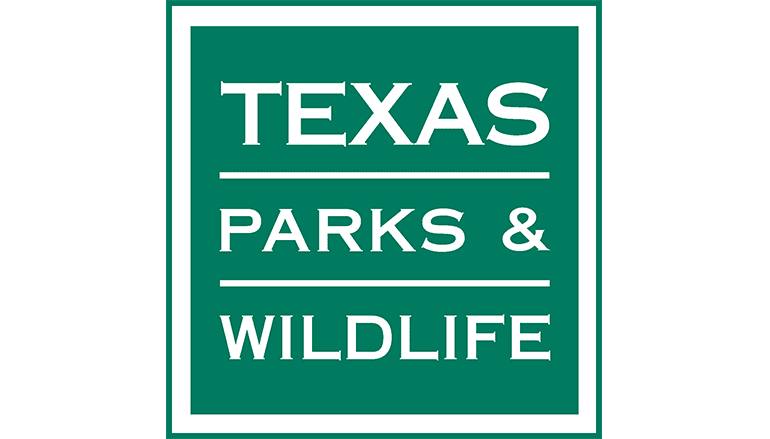
Garner State Park To Remove Invasive Axis Deer
Several hundred undesirable visitors to Garner State Park have been abusing this treasured Hill Country destination, leaving park officials with little choice but to take strong measures to remedy the problem.
Invasive exotic axis deer are eating up a limited supply of the groceries and displacing the local inhabitants. Although common on the Texas landscape along with another invasive exotic, feral hogs, axis deer are not indigenous to the state, destructive and actually compete directly with native wildlife for available resources. More importantly, axis deer negatively impact a wide variety of native wildlife species and their associated habitats.
An estimated 200 axis deer currently inhabit Garner State Park and efforts to control numbers through scheduled public hunts have been insufficient. More than 100 permitted public hunters annually averaged just 43 axis deer harvested during the last five years. Park officials are working to further reduce axis numbers through controlled harvest by an outside entity in the days ahead. The tactic proved efficient and effective during a pilot harvest last season, removing 56 axis over the course of a few days.
The Texas Parks and Wildlife Department initiated the two year pilot controlled harvest project last year to evaluate contract harvests as an additional method of invasive animal control at two state parks, Garner and South Llano River. For this pilot project, TPWD has entered into a services contract with a private company to remove exotic animals in exchange for the harvested meat at no cost to the state.
“Managing axis deer populations is consistent with our mission and is critical for maintaining healthy habitats that support native wildlife diversity,” said Greg Creacy, Regional Natural Resources Coordinator for Texas State Parks. TPWD has worked to maximize use of public hunting as a wildlife management tool, while balancing the needs of thousands of park user groups who visit the park each month. Hunting activities are limited to those times of the year when visitation is at its lowest, typically week days during the winter months.
“Many years of conducting public hunts on these areas have shown us that public hunting, alone, is insufficient for controlling our invasive deer populations,” explained Creacy. “While we are still evaluating the effectiveness of this new contract harvest initiative, it is likely that both public hunting and contract harvests will have to be sustained in order to reduce axis deer numbers. The contract harvests complement the public hunts, and we are definitely not planning to exchange public hunting opportunity for contract animal harvests or even reduce our public hunt initiatives.”



